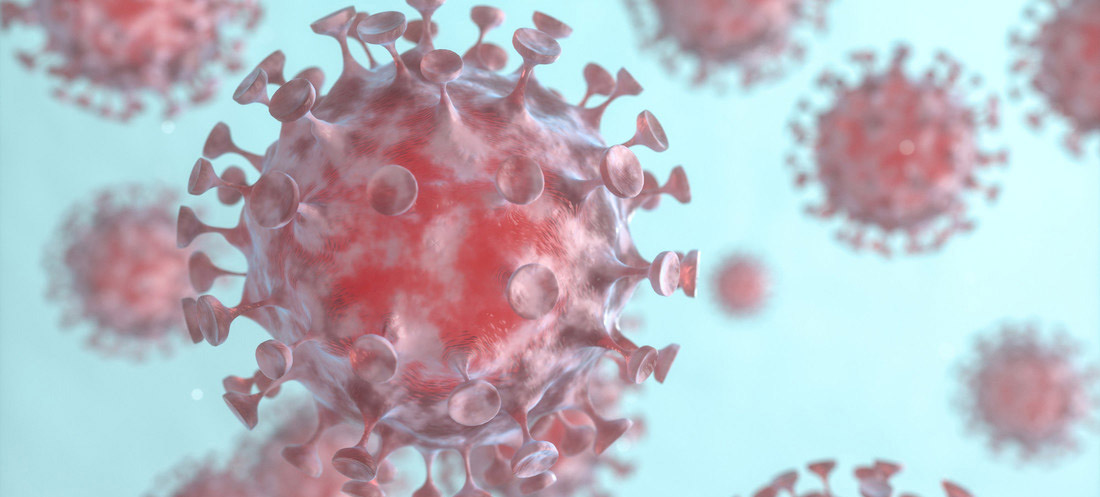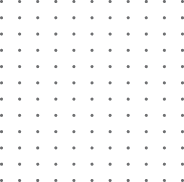Cardiovascular Health: Identifying Risks, Preventing Disease, and Personalizing Care
Cardiovascular diseases (CVDs) remain one of the leading causes of…
Continue reading


Understand how the new Coronavirus originated, how to diagnose, and what are the tests available and recommended, both for individuals who want to know whether they are infected or had contact with the SARS-COV2, the virus that causes COVID-19, and produced the necessary immunity antibodies.
How did the COVID-19 originate?
In December 2019, in Wuhan, province of Hubei, China, some cases of severe pneumonia with unknown cause were reported and epidemiologically related to a seafood market in Wujan.
Then, in January 2020, a new coronavirus was identified, isolated in the lower respiratory tract of four suspected cases of severe pneumonia. This new coronavirus belonged to the family of viruses that cause severe acute respiratory syndrome (SARS) and the Middle East respiratory syndrome (MERS), as well as the four human coronaviruses associated to common cold.
The new coronavirus SARS-COV-2, named initially 2019-nCOV by the World Health Organization (WHO) and later as SARS-COV-2 (Severe Acute Respiratory Syndrome Coronavirus 2), is a virus that belongs to the family coronaviridae from the genus betacoronavirus. This virus causes the disease that became known as Corona Virus Disease (COVID-19).
On January 30, 2020, the World Health Organization declared that the outbreak of SARS-CoV-2 was a Public Health Emergency of international concern, and more than 80,000 confirmed cases were reported around the world by February 28, 2020.
Currently, 55 million people were infected worldwide and more than one million lives were lost to the diseases.
How to diagnose COVID-19?
The diagnostic medicine has a fundamental role in the global fight against the coronavirus. As a response to the COVID-19 pandemic, SYNLAB Solutions in Diagnostics, present in 40 countries and four continents, has different laboratory tools developed for different goals.
These laboratory tools, when adopted individually or as a set, allow developing protocols to obtain epidemiological data, occupational medicine, hospital discharge, return to the work environment or to life in society, among others.
The tests available for detecting COVID-19 can be divided into two classes:
1) Diagnoses for the new Coronavirus:
The diagnostic tests are used to verify whether the patient is infected. The test consists of detecting genetic material (RNA) from the SARS-COV-2 virus in nasopharyngeal samples and respiratory secretions. Is generally known as molecular testing or nucleic acid amplification techniques (NAAT). RT-PCR is the gold standard, but not the only molecular test.
RT-PCR Coronavirus test: can detect infection from the first day of symptom, in average, until the 21st day of infection
To whom the Coronavirus RT-PCR Test is indicated:
Since the RT-PCR test is a diagnostic test, which has the goal of assessing whether the patient is infected by the virus that causes COVID-19, is indicated for patients presenting symptoms or who have presented prior POSITIVE result, in order to find out whether they are still sick and infectious. Also indicated in contacts close to confirmed COVID-19 cases.
2) Assessment of immune response:
The tests for assessing the immune response are used to check whether the patient had prior contact and produced antibodies of immunity against the virus. The test consists of detecting antibodies that appear in the acute phase of infection (IgM/IgA) and/or antibodies that appear in the later phase of infection (IgG) and suggest immunity against the SARS-COV-2 virus in blood samples. It is important to consider that the time for these antibodies to appear may vary from person to person and in certain clinical conditions (such as immunosuppressed patients who may take a little longer to produce, or still haven’t produced, these antibodies).
Antibodies or Serology:
The serology tests consist on quantifying the antibodies produced against the SARS-COV-2 virus, that is, it assesses the response from the immune system to contact with the virus.
What are the types of test for serology?
Between 5 to 10 days after the contact or onset of symptoms:
Between 10 to 15 days after the contact or onset of symptoms:
Quick test: The quick test also conducts the analysis of antibodies against SARS-COV-2. However, this analysis presents lower sensitivity and provides a qualitative result, that is, POSITIVE or NEGATIVE. It must be performed by a trained health professional and with all biosafety measures.
How is the COVID-19 quick test conducted?
When must the COVID-19 quick test be conducted?
Since it needs a higher amount of antibodies, it is recommended that it is conducted as of the 10th day after the contact or onset or symptoms.
Due to the long detection window period, its isolated use as a tool for acute/early detection is not recommended, because it may generate a high number of FALSE NEGATIVE results.
To whom is the COVID-19 quick test recommended?
The tests for analysis of antibodies are indicated for individuals who want to know whether they had contact with the virus and produced immunity antibodies, or for epidemiological control.
What are the differences between the PCR and Serology tests for COVID-19?
The difference between the COVID-19 tests consists on the purpose of the analysis, as well as the necessary sample, that is, to know whether the individual is or was infected.
For the RT-PCR test, considered the gold standard:
For antibody or serology tests and quick test:
Despite the fact that the quick test and the serology test check the presence of antibodies against SARS-COV-2, they also are different from each other:
About the SYNLAB Group
The SYNLAB Group is a leader in providing medical diagnostic services in Europe, providing a full range of clinical laboratory analysis services to patients, healthcare professionals, clinics and the pharmaceutical industry. Resulting from the merger between Labco and Synlab, the new SYNLAB Group is the undisputed European leader in medical laboratory services.
Cardiovascular diseases (CVDs) remain one of the leading causes of…
Continue reading
Serotonin, popularly known as the “happiness hormone,” is a fundamental…
Continue reading
Have you ever felt discomfort after eating certain foods, such…
Continue reading